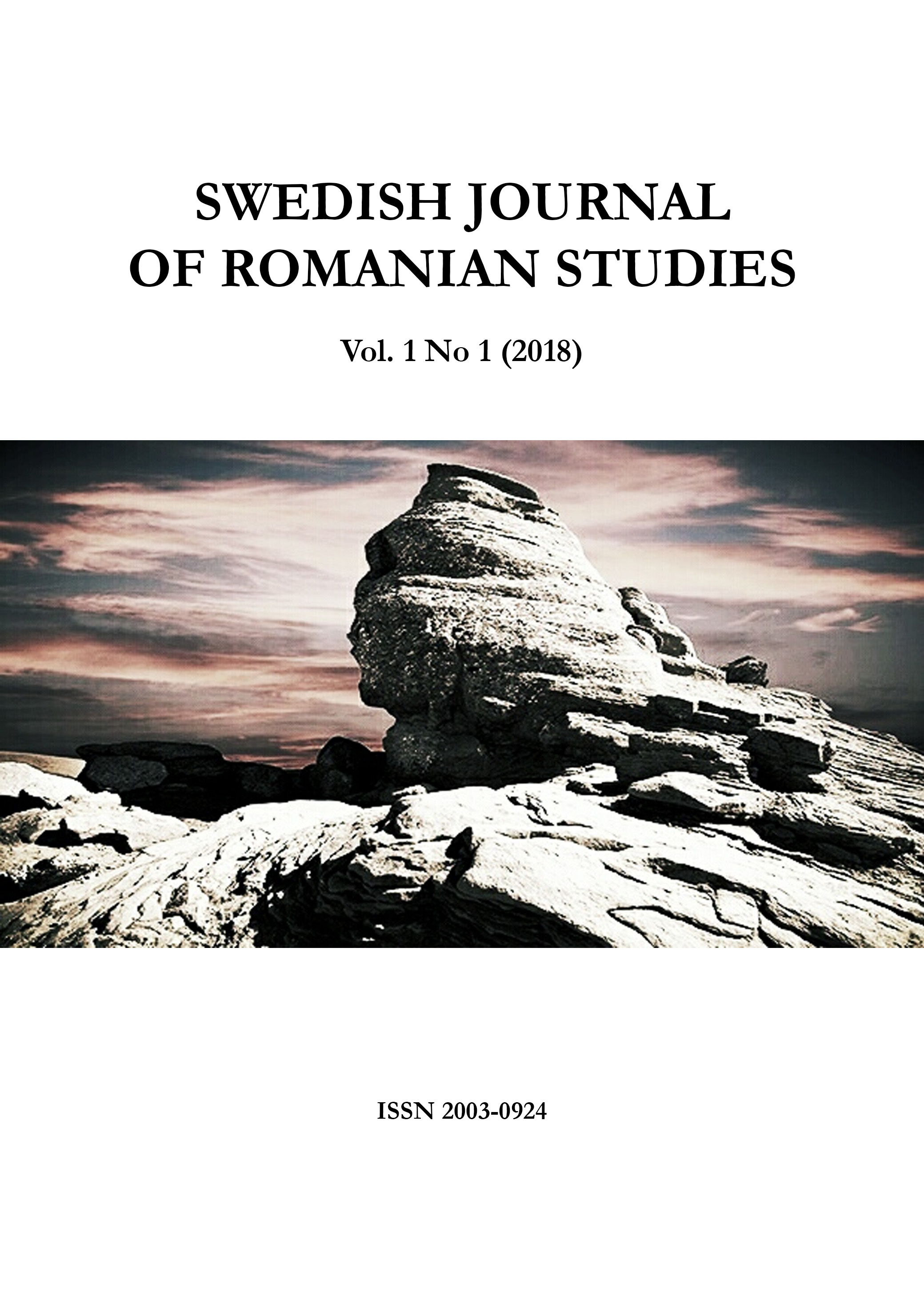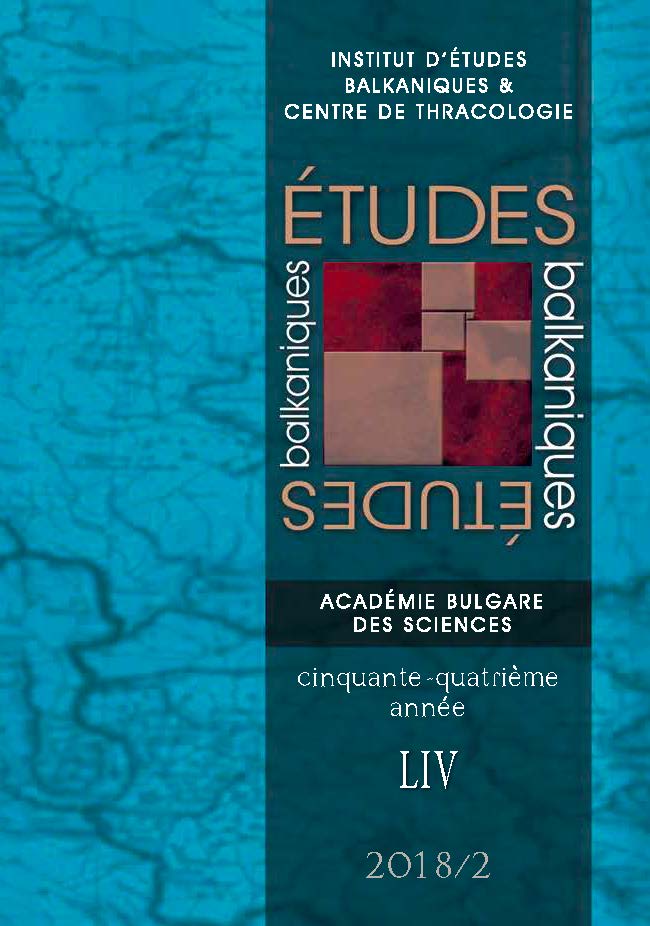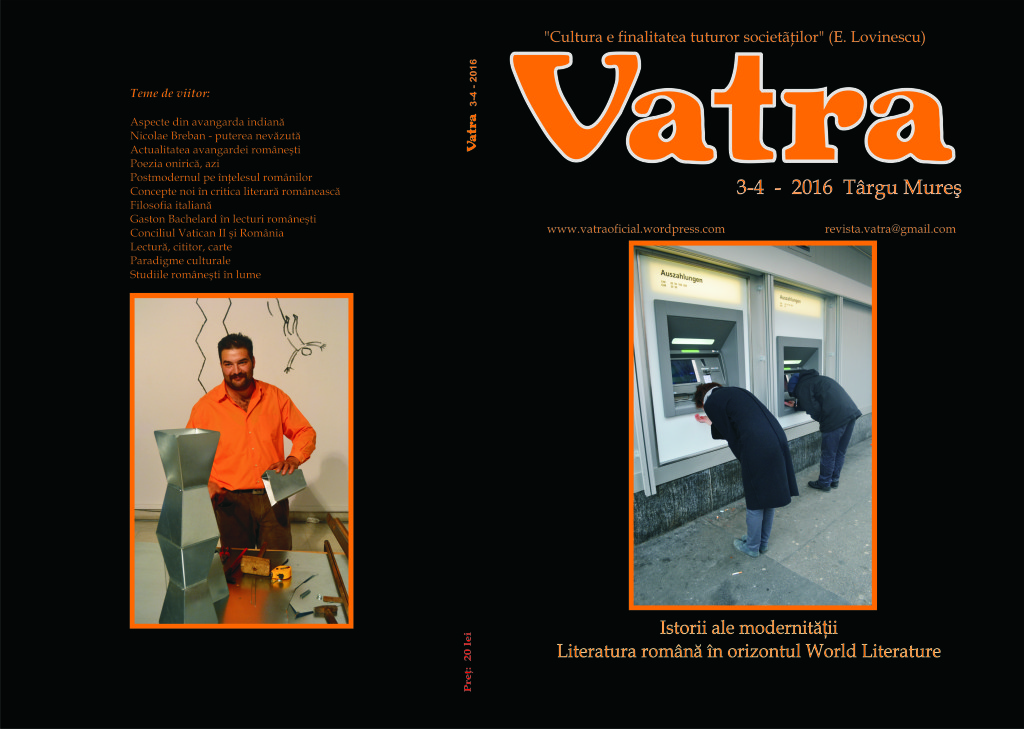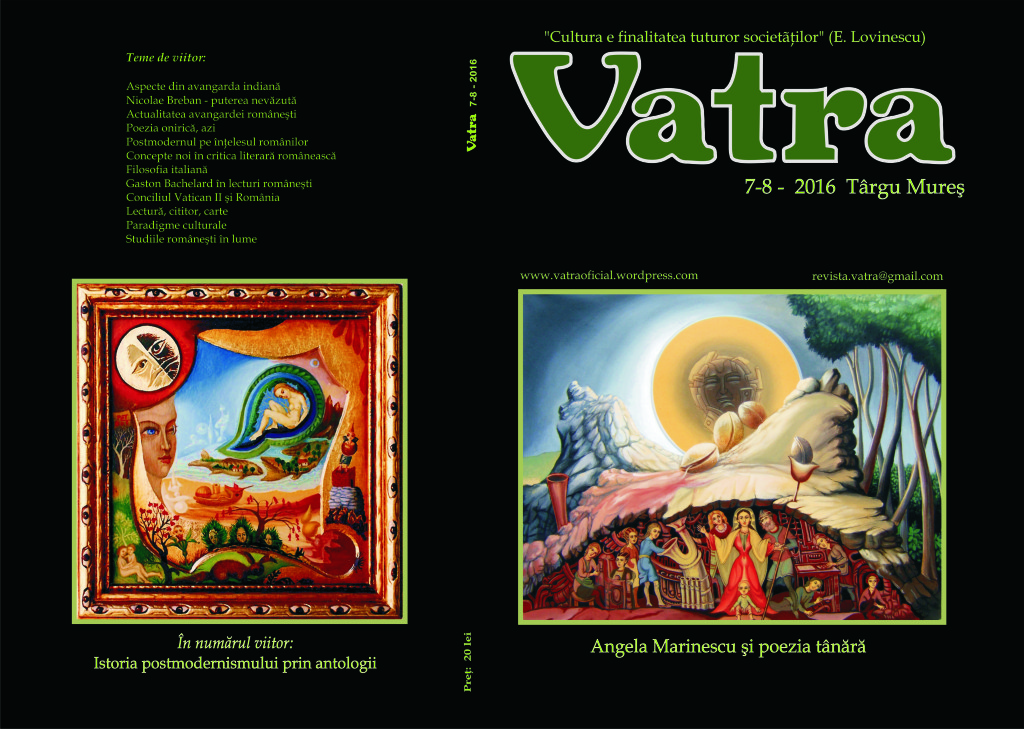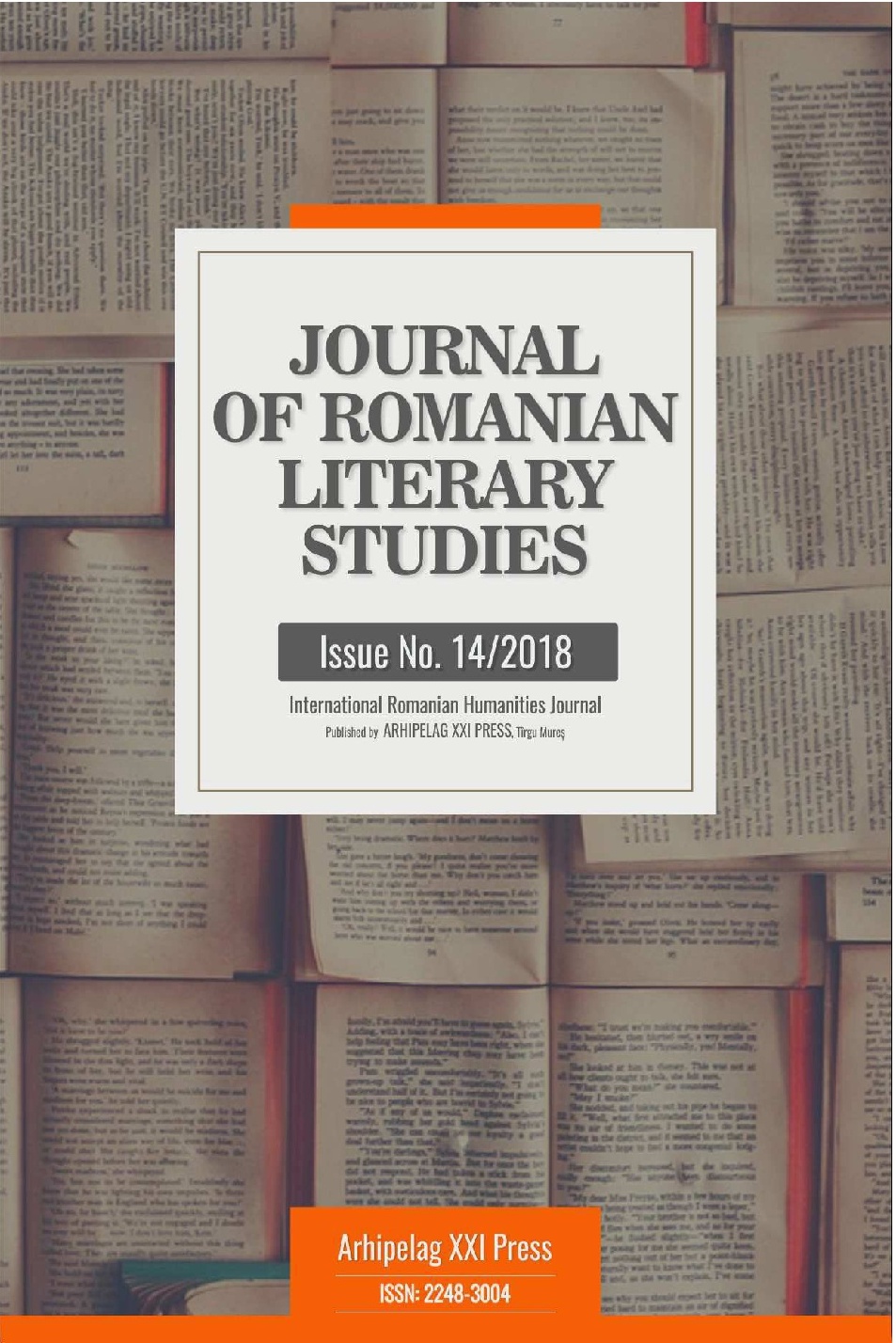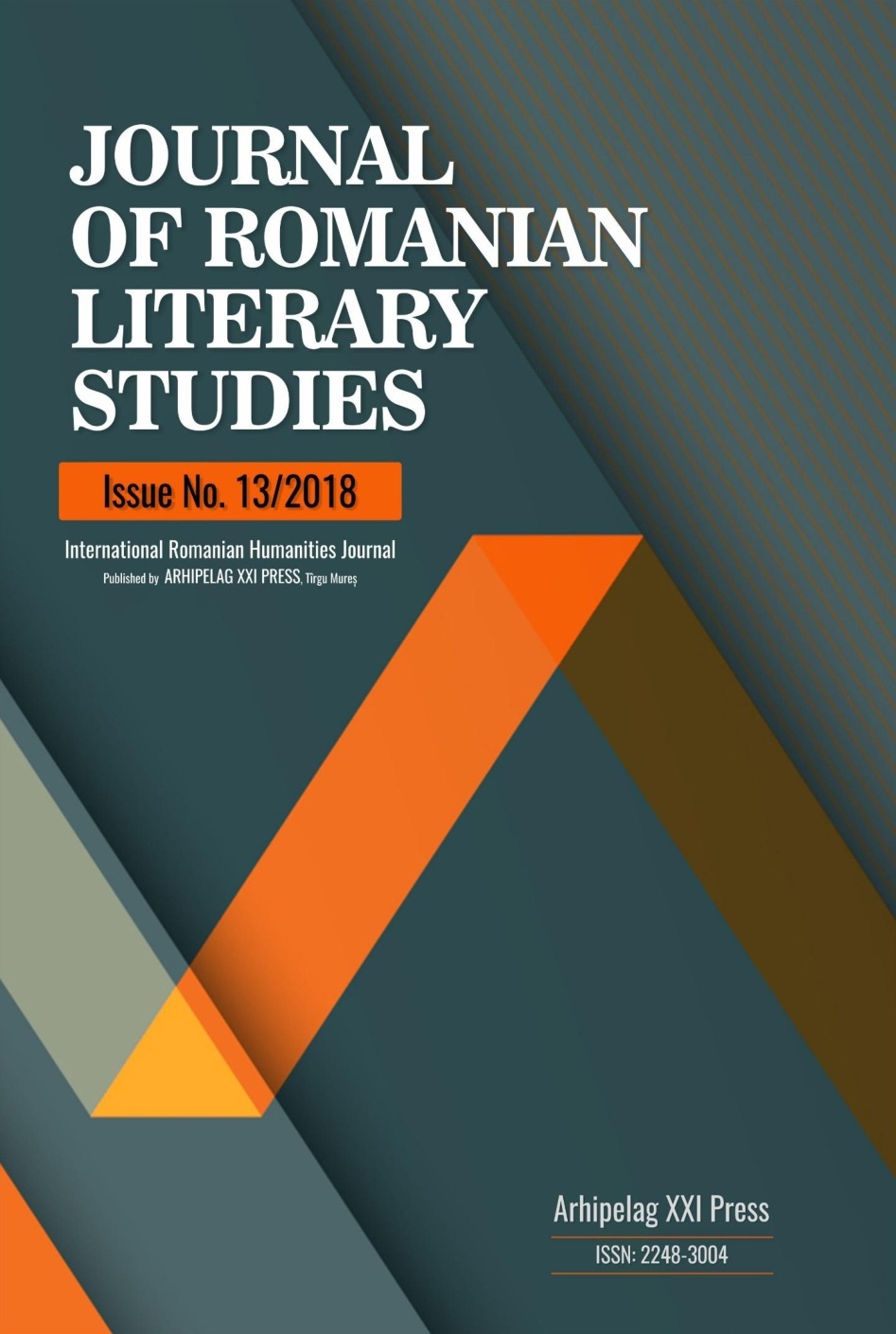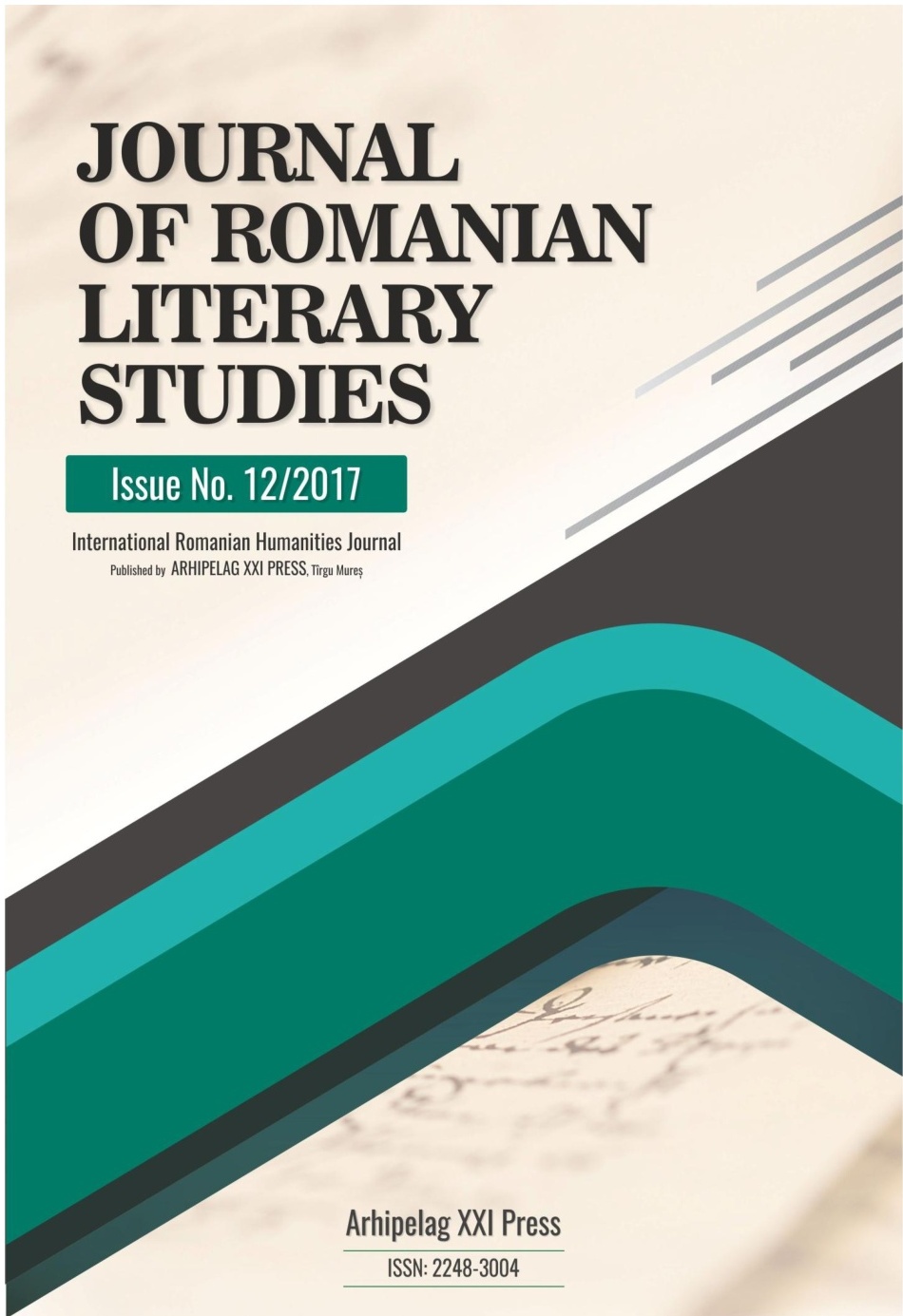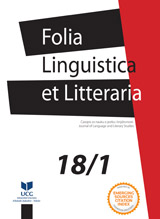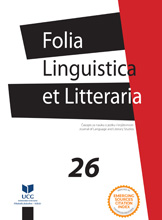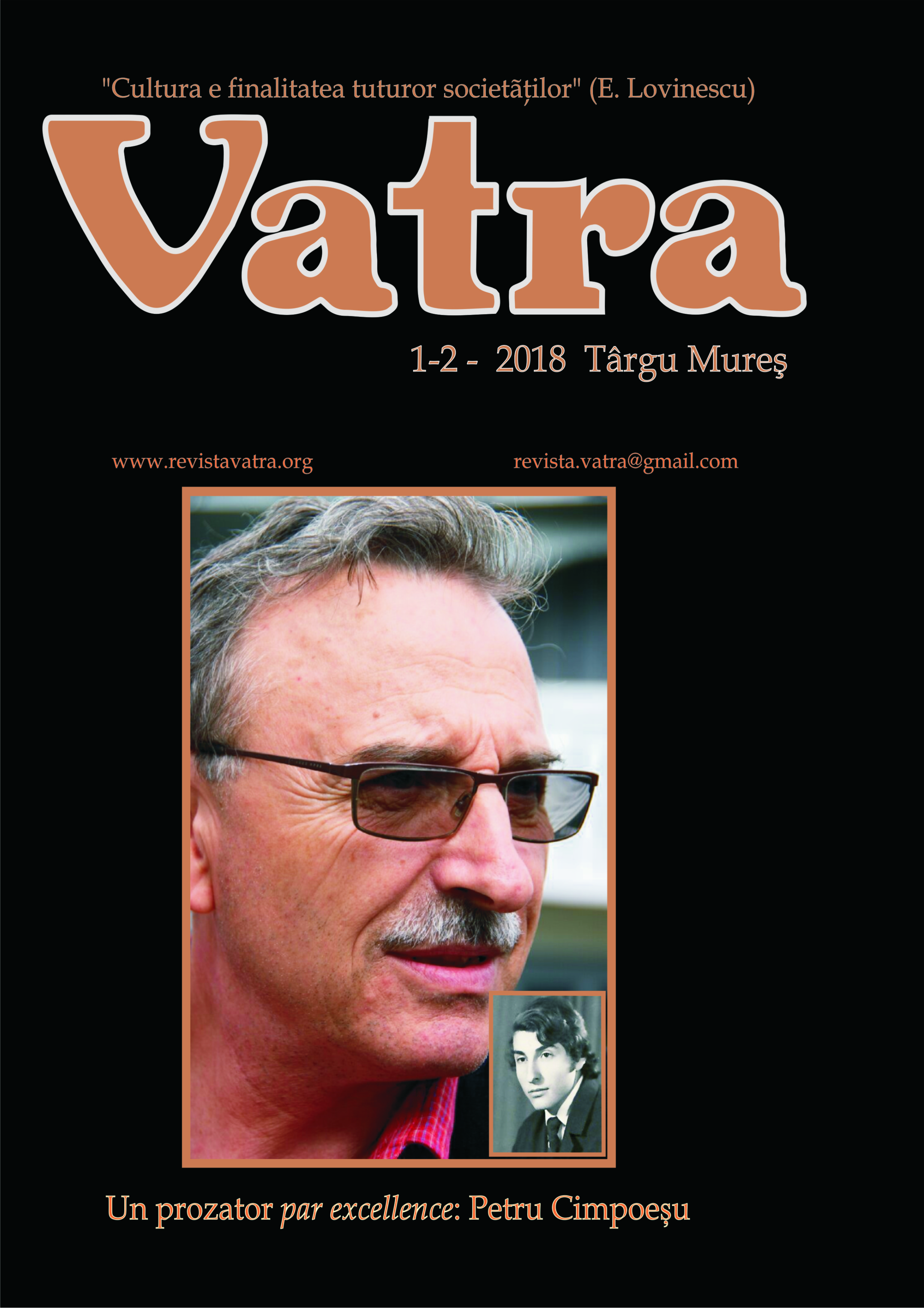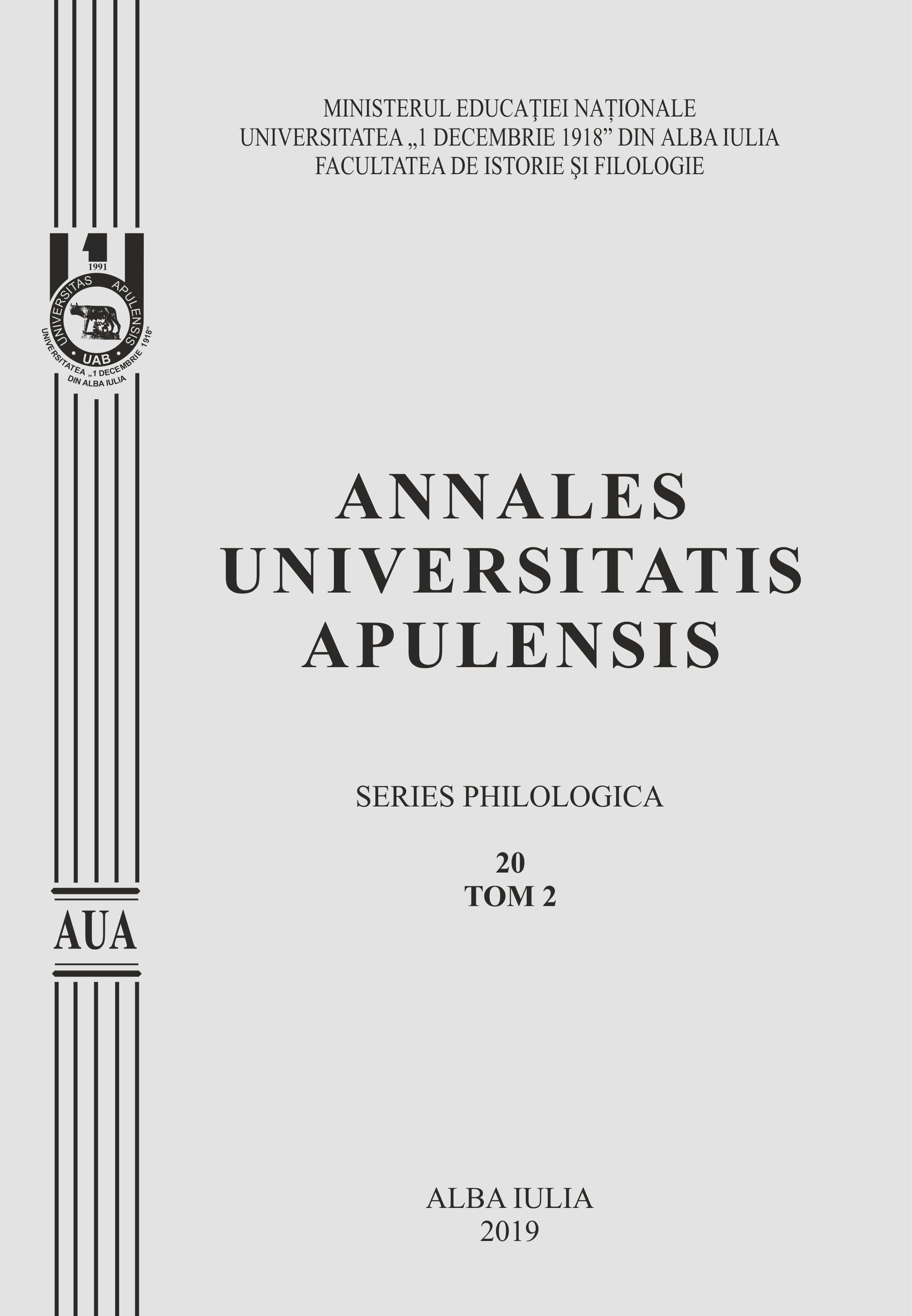Un topos de la refléxivité dans l’œuvre d’Octavian Paler*
This essay is an approach to a defining element of the literary of Octavian Paler, one of the most representative names of posttotalitare literature, a representative of contemporary Romanian literature essays area. Combining the memories, the confessions, the travel journal and the letter in boundary formula of the essay, Octavian Paler shapes an universe dominated by myths, but reflected in his inner world and contaminated with his existentiale obsessions. Whatever places he travels (Greece, Egypt, Italy or Mexico), his eye is always turned to himself. His universe, faithfully translated in his books, is a world of pure subjectivity in which myth and biography meet. Thus, a symbolic space is born, a place of birth and becoming . Regarded as a symbol of genesis, this topos is shaped both as a relief area, the mountain, and toponymy suggestion , Lisa. Octavian Paler aims not so much to the remembrance of an age, that of childhood, but to reshaping a world, a space of eternity. ("Something of a peasant in the urban luster I have left until now and, perhaps, in the depths of my melancholy, I kept the rain flavor of Lisa, remained like moisture in old trees grown in places far from the sun "- Desert forever)
More...
